Musk’s X gets OK to resume service in Brazil after bending to top court’s demands
BRASILIA — Brazil’s Supreme Court cleared X to resume service in the country on Tuesday, after the social media platform reversed course and started complying with court rulings billionaire owner Elon Musk had previously vowed to resist.
Supreme Court Justice Alexandre de Moraes, who had been locked in a months-long feud with Mr. Musk, gave X the green light to resume operations in Latin America’s largest country effective immediately.
In the decision, Mr. Moraes said X had met all the necessary requirements to start operating again in the country.
The platform formerly called Twitter had been suspended in Brazil, one of its largest and most-coveted markets, since late August after not complying with court orders related to hate speech moderation and failing to name a legal representative in the country, as required by law.
Mr. Musk, who had denounced the orders as censorship and called Mr. Moraes a “dictator,” started to reverse his position in recent weeks, with his social media network blocking accounts flagged by the court, tapping a local representative and paying pending fines.
Mr. Moraes, in his Tuesday decision, ruled that Brazil’s telecommunications regulator Anatel must work to allow X to come back online within 24 hours. Users in Brazil were still unable to access the platform as of 7 p.m. local time.
Through its Global Affairs account, X said it was proud to return to Brazil, adding that it “will continue to defend freedom of speech, within the boundaries of the law” in the countries where it operates.
The Brazil dispute was one of a series of recent face-offs between Mr. Musk, who views himself as a champion of free speech, and governments including Australia and the United Kingdom seeking to prevent the spread of online misinformation.
Brazil’s communication minister said on Tuesday that X’s decision to pay the fines and comply with court orders was a “victory for the country.”
“We showed the world that here our laws should be respected, by whomever it may be,” Juscelino Filho said in a statement.
JUDICIAL BATTLE
X’s suspension initially came after an individual ruling by Mr. Moraes, who has spearheaded a local crusade against perceived attacks on democracy and the political use of disinformation.
His ruling was later unanimously backed by a five-member panel of the Supreme Court and its chief justice.
President Luiz Inacio Lula da Silva also voiced support for the move, saying that people with businesses in Brazil must follow local laws and the world was “not obliged to put up with Mr. Musk’s far-right ideology just because he is rich.”
Justices flagged at the time, however, that they would be open to reconsidering the suspension if X complied with rulings. The social media company initially said it would not abide by them because they were “illegal.”
Brazil is X’s sixth-biggest market globally and as of April had about 21.5 million users, according to data platform Statista. During the suspension, many users migrated to rival platforms such as Bluesky and Meta Platforms-owned Threads.
X had legal representation in Brazil until mid-August, when it decided to close its offices in the country due to the orders from the court, which it dubbed “censorship orders,” without naming someone to assume legal responsibilities for the firm locally.
That eventually triggered the suspension, in a judicial battle that also affected another prominent business controlled by Mr. Musk, satellite Internet provider Starlink, whose accounts Mr. Moraes temporarily froze in order to cover fines imposed on X.
A new X representative, lawyer Rachel de Oliveira Conceicao, was tapped in late September, when X also said it had started to block accounts ordered by the court.
Earlier this month, the firm paid pending fines it had previously disdained, opening the door for reinstatement in the country.
With the suspension, X remained out of service in Brazil during the final month of the country’s municipal elections, which occurred on Sunday.
In many cities, however, including Sao Paulo — Latin America’s largest city — mayoral elections will head to runoffs on Oct. 27. — Reuters






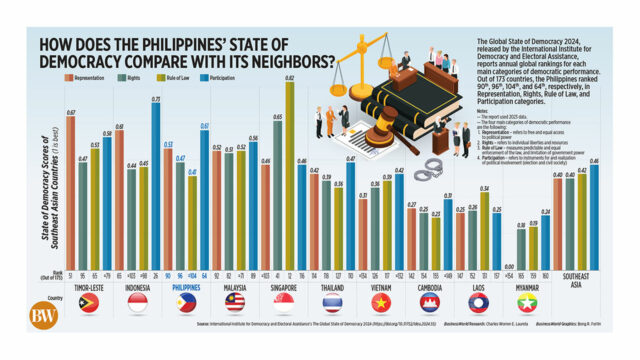




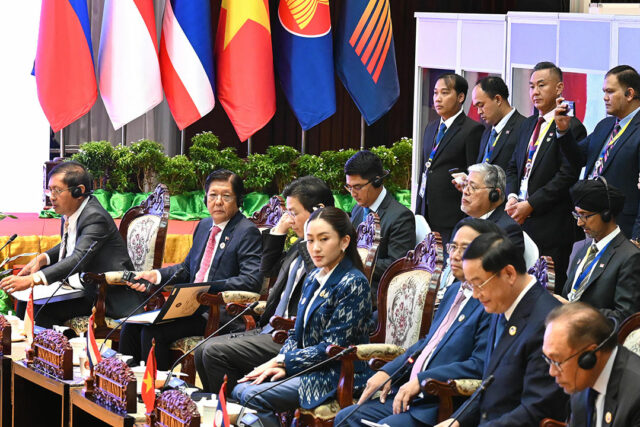
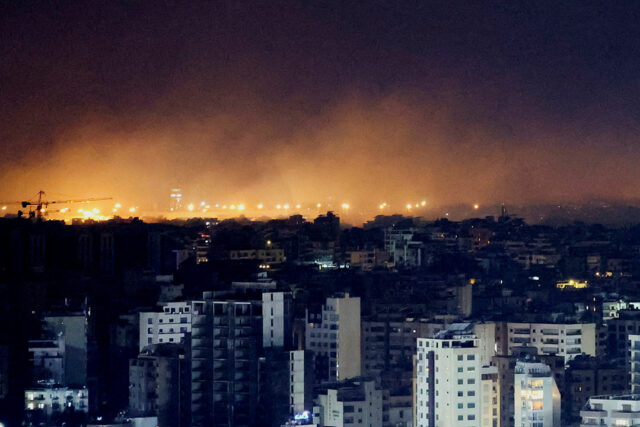
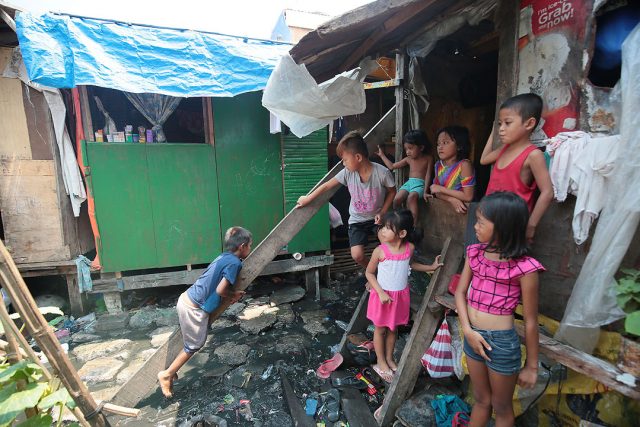

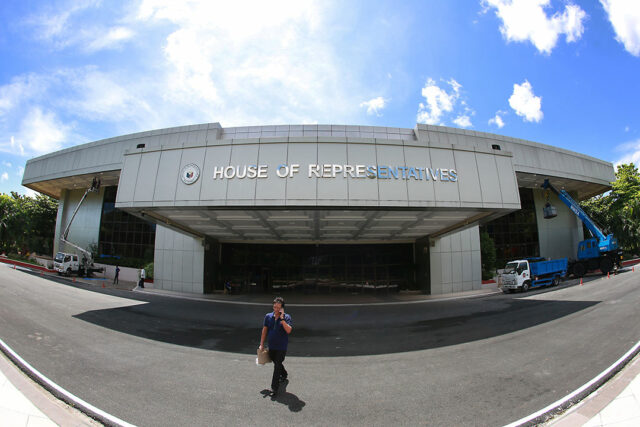
 THE GOVERNMENT should comprehensively reform the congressional party-list system by banning political dynasties from participating, a political economy and business consultancy group said.
THE GOVERNMENT should comprehensively reform the congressional party-list system by banning political dynasties from participating, a political economy and business consultancy group said.